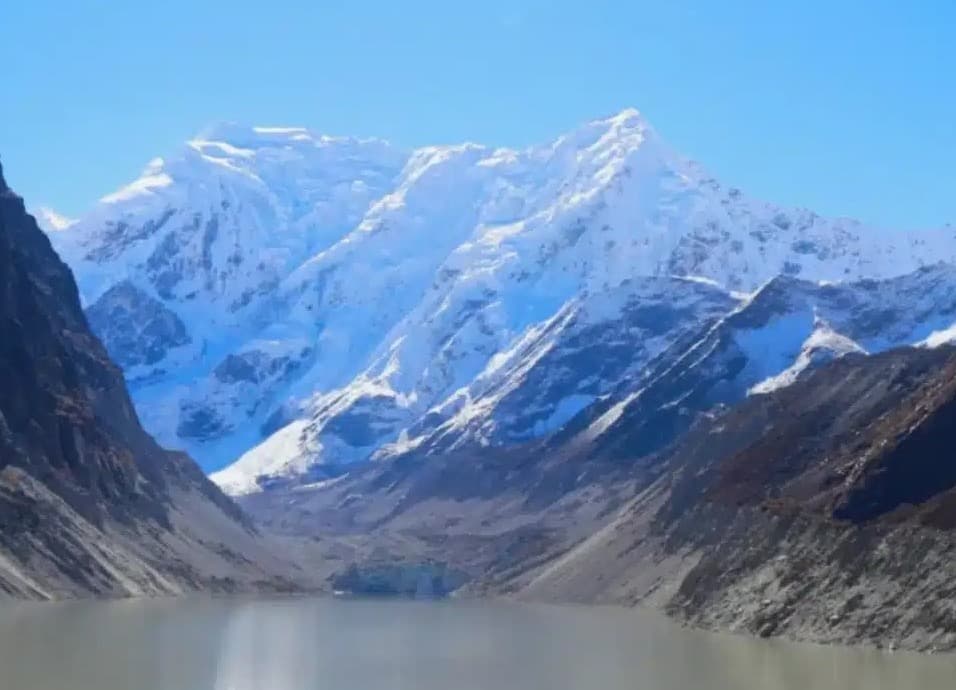The reasons for the flight delays or even canceled in Nepal are because of three (3) major reasons below:-
Congestion at Tribhuvan International Airport (TIA)
Nepal’s international airport, which is Tribhuvan International Airport (TIA), has only a single runaway. The single runway and one way to approach are the major factors for flight delays at TIA. The increase of flights into Kathmandu, especially during the peak seasons, leads to runway congestion and results in flight delays.
Inclement Weather
Flights sometimes get delayed because of inclement weather. Thick fog, heavy rains, or strong winds affect flight visibility. TIA does not have the technology of the Instrumental Landing System. So, it is not safe for flights to take off / land in adverse weather. Flights will be requested to “hold” in the sky or suspended to take-off until the weather is permissible for safe flying. So, before planning for a trek, check out the best time to plan your Nepal visit too.
Diverse Topography
Nepal is a country with diverse topography. Some domestic airports are at challenging terrains, such as the Lukla Airport, which is the gateway to the Everest Region. To ensure passengers’ safety, flights at Lukla often get delayed or canceled when the weather is not conducive for flying.
So, these are the reasons there might be flight delays in Nepal. To avoid any major disruption to your travel plans, we recommend you allow one or two extra days as a “buffer” just in case your flight (s) is delayed or canceled. This is especially important for those who are going to the Everest Region for treks like EBC Trek, as there is no road transportation available except flying into Lukla Airport. For other regions such as Annapurna, Heaven Himalaya can assist you by providing other alternatives such as a private car or tourist bus if they cancel the flight.
Notes:
- Nepal is currently constructing a second international airport in Pokhara. We expect the Pokhara International Airport to be completed and begin its operations in 2022.
- According to Forbes, 20 July 2019, to improve the safety of flights in Lukla, the Civil Aviation Authority of Nepal now sets a high standard for pilots. To land at Lukla, pilots must have completed 100 short-take-off-and-landing flights. They must have at least one year of such experience in Nepal and have completed ten flights into Lukla with a certified instructor. Also, there is a technical study underway to assess the feasibility of a runway extension, although this would be limited to just 100 feet. Construction for a new helipad is also underway to increase passenger capacity.











